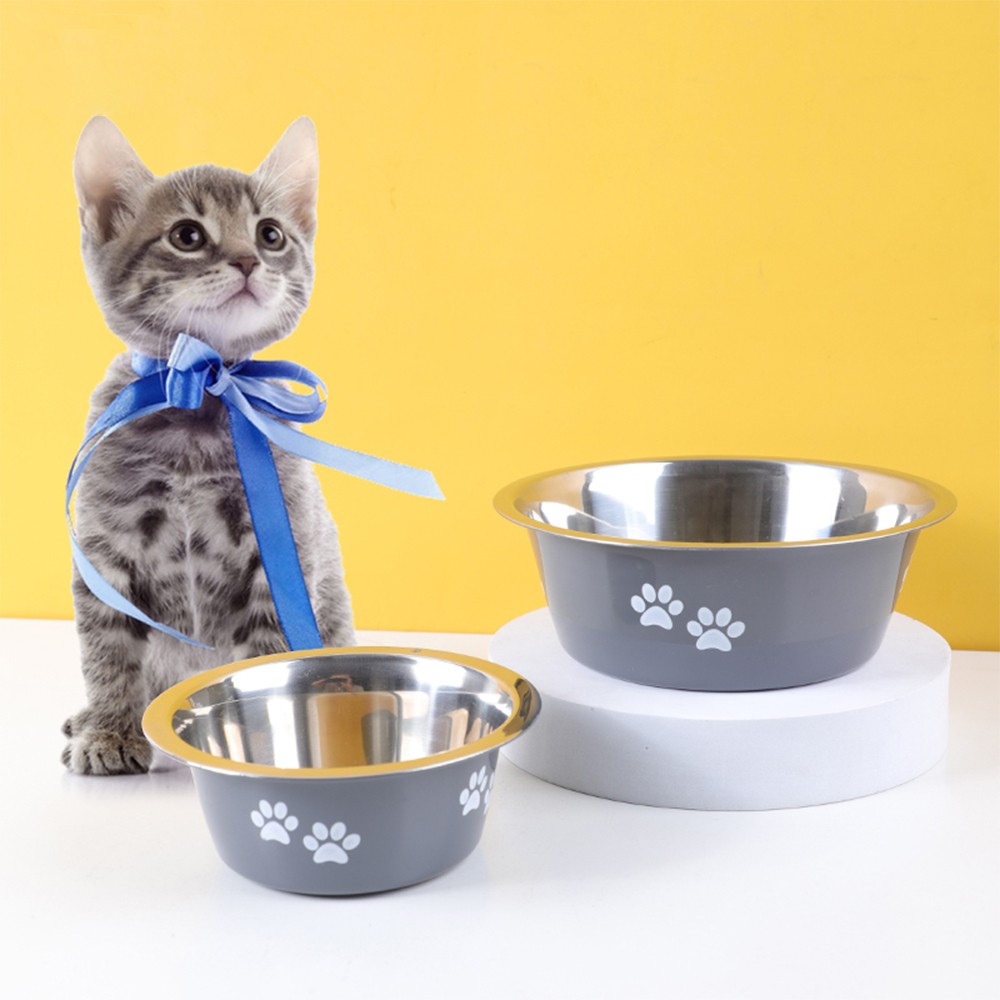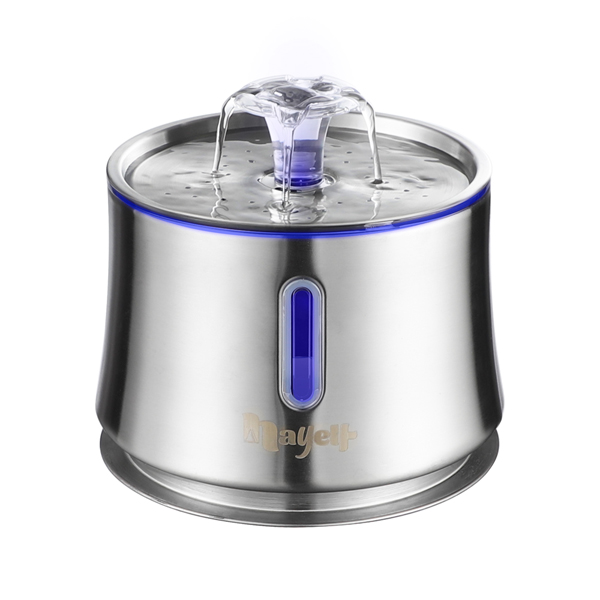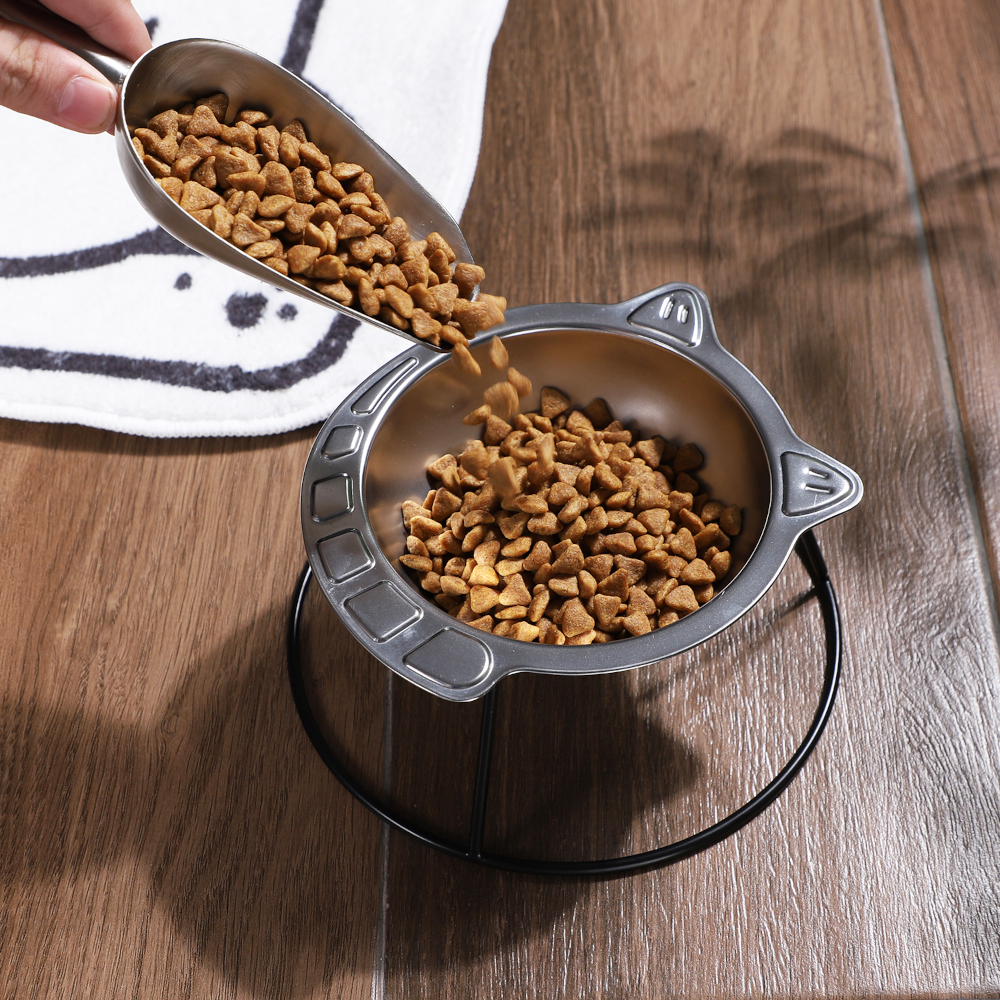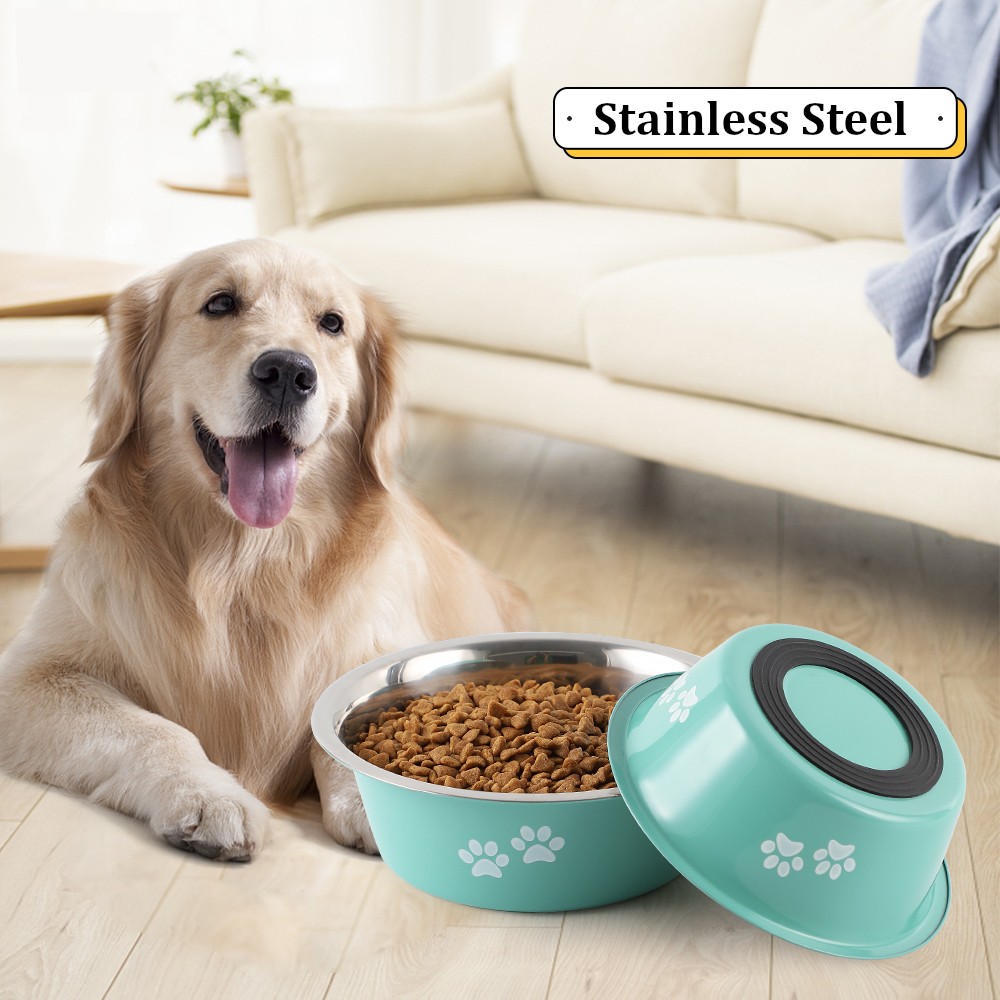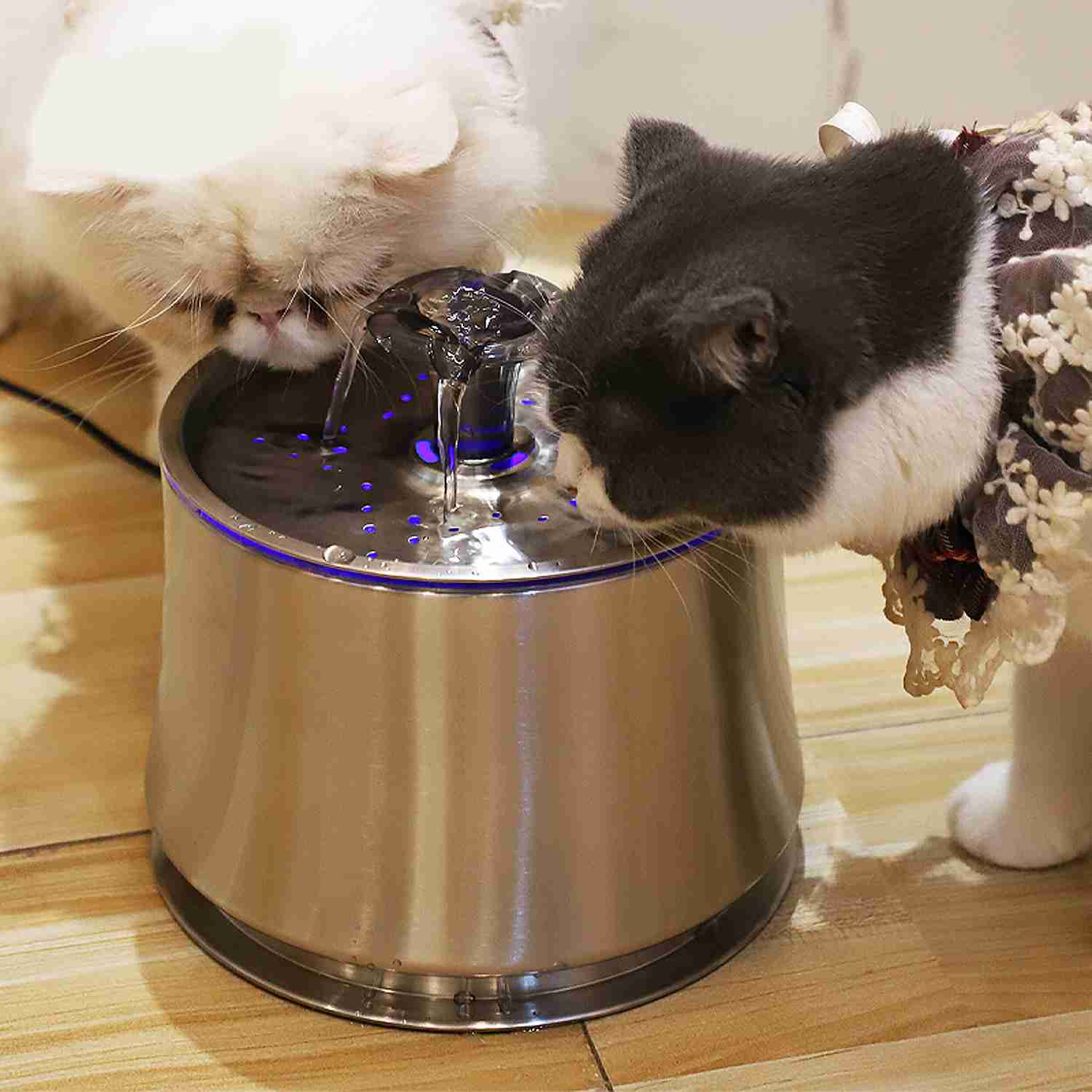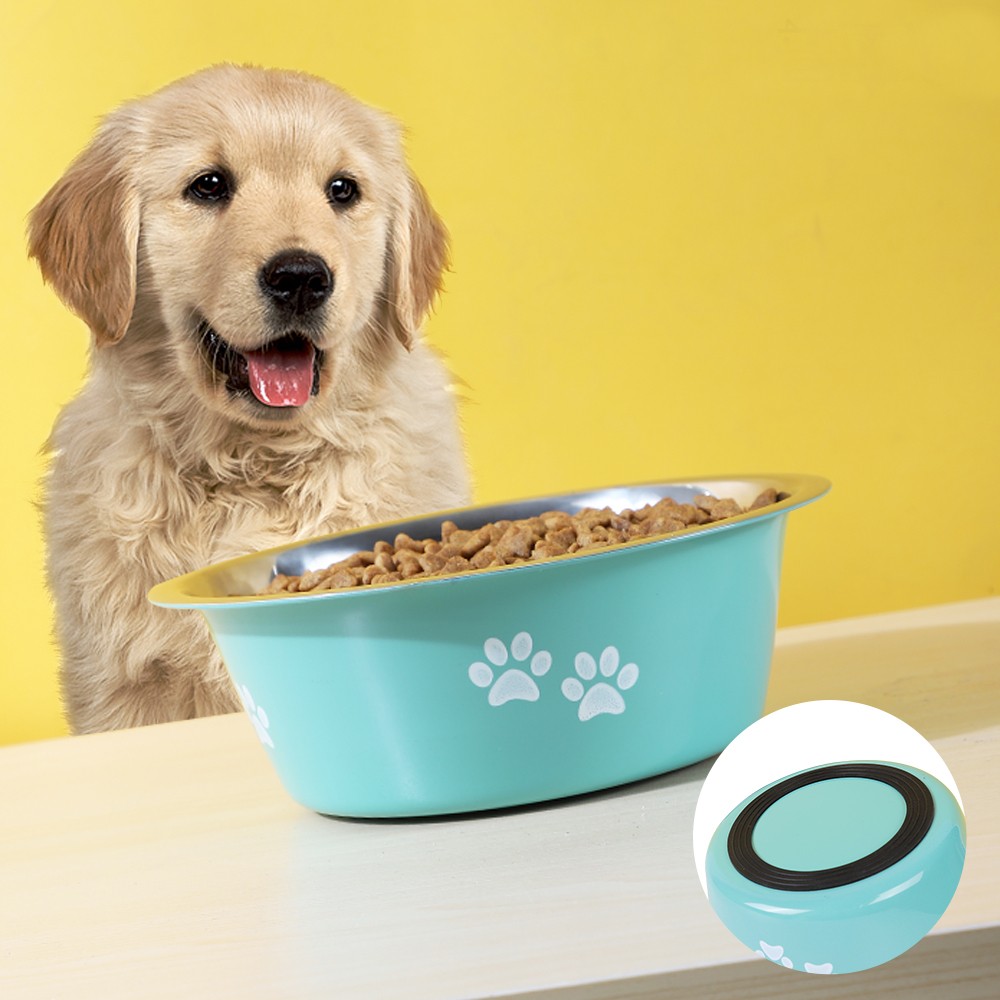Bento boxes, also known as bento lunchboxes, are a convenient way for many individuals in Japan, ranging from children to politicians, to eat their midday meal. Bento boxes can also be used interchangeably with the term lunchbox.
This article will discuss the history of bento box Japanese, their construction, the several types of bento boxes, and their potential applications. Most importantly, a bento box that meets one’s individual needs and stainless steel food storage containers wholesale.
What is a Bento Box?
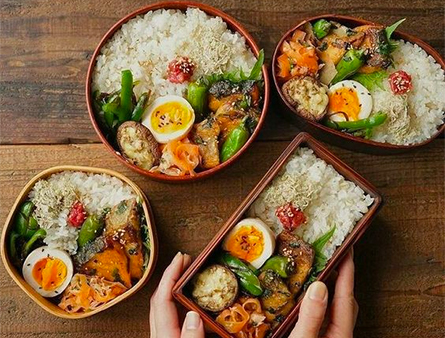
A bento is a single-serving lunch that consists of a carbohydrate (often rice or noodles), a protein (typically meat or fish), and a variety of pickled or cooked vegetables. Bentos are typically packed in Japanese schools. Bento box is developed to store these food.This convenience is attributable to the bento box’s flawless design and skilled construction.
The term originates from the Biandang term, which may be found in the handy Chinese Southern Song terminology. The bento, which dates back to the thirteenth century, has been a symbol of Japanese culture and beliefs since then.
Whatever it is that is contained within the bento box, the components are carefully packed into deeper receptacles, more resembling rectangular bowls than flat plates, and are as appealing to the sight as they are to consume.
The History of the Bento Box
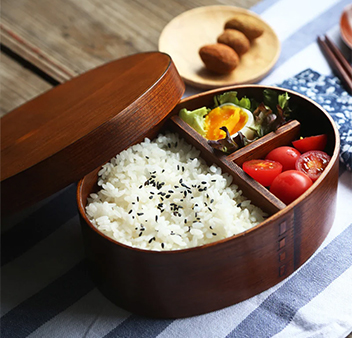
The Kamakura period in Japan spanned from 1185 to 1333. This is considered to be the beginning of the use of bento boxes. Samurai used these early bento boxes, known as ky-dai at the time.
Ky-dai, which literally translates as “lunchbox,” is synonymous with the word bento, which means “convenient.” The ky-dai of a Samurai was typically stuffed with rice, fish, veggies, and occasionally sake.
According to historical records, individuals cooked onigiri and hoshii, meaning rice balls, at home to have them while hunting, farming, or fighting. Hoshii and onigiri were both made using rice. Hoshii is a preserved food made by drying rice that was previously boiled. The hoshii would either be dipped in cold or hot water or consumed in its natural state.
Furthermore, bento boxes were more elaborate during the Muromachi era (1336-1573) and frequently embellished with images of flowers or animals. During the Edo era, which lasted from 1603 until 1868. The bento box gradually transformed into the shape that is recognized today.
During the Edo period, numerous types of bento boxes were created, and the first bento recipe cookbooks. The popularity of bento boxes gradually declined during the Meiji period, which lasted from 1868 until 1912.
This was due to Japan’s Westernization and the idea that bento boxes were outdated. Bento boxes made a resurgence during World War II when food was rationed, and people needed a way to transport their meals.
How are Bento Boxes Made?
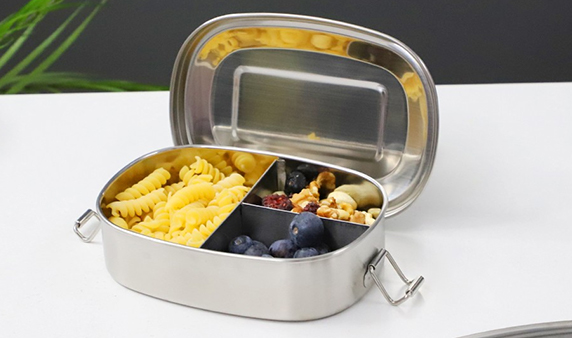
A bento box is a portable lunch box that typically contains one serving of rice and various other meals. Oak leaves, magnolia leaves, bamboo leaves, and the sheath surrounding bamboo plants were used in ancient times to wrap food.
In later times, containers made of wood were utilized instead. In some regions, expensive bento boxes with lids were created by excellent interlacing strands of bamboo or willow or by bending very thin strips of wood.
Wealthy merchants attended flower viewings or played with magnificent, tiered bento plates with two to five layers of brightly coloured meals during the Edo era (1603-1867). Bento box has evolved as a distinct, polished art form since then. Serving on special occasions such as household festivities, Buddhist memorial ceremonies, and entertaining visitors. They were widely used in the tea ceremony.
Traditionally composed of woven basket material or lacquered wood, the design underwent an opulent upgrade in 1912 with the introduction of metal bento boxes. The bento box acquired popularity in Western culture in the 1980s due to the increased demand for simple, mess-free eating.
The bento character first appeared in the 1990s. And, as environmental sustainability and health concerns rise, stainless steel bento-style lunch boxes are gaining popularity as a waste-free lunch option.
Types of Bento Boxes
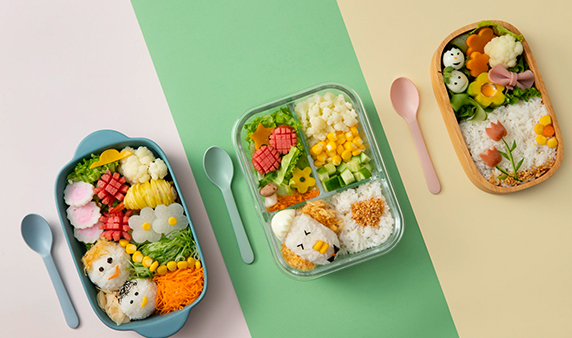
Bento boxes come in several styles, ranging from the traditional Japanese bento box to the modern Western bento box. Furthermore, because Bento comes in various shapes, each has a unique purpose and surroundings. Today, the notion can be found in every home around the world. A great combination of textures, flavors, and culinary ingredients distinguishes it from the typical lunchbox. The following are the most popular bento box types:
Stainless Steel Bento Box
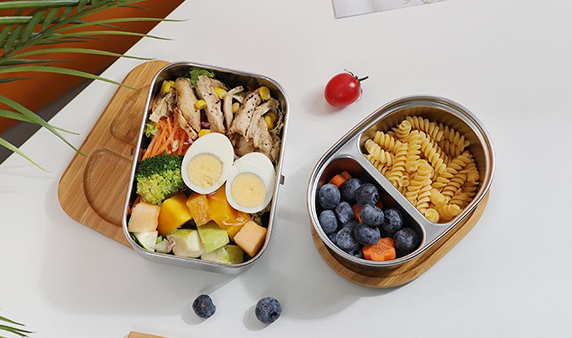
Stainless steel is the material for constructing most bento boxes used in households today. The stainless food containers often have a rectangular or spherical shape. Stainless steel bento boxes are durable, resistant to rust and corrosion. Those concerned about one’s food safety may consider using stainless steel as a metal of choice because it does not corrode.
Bento lunch boxes made of stainless steel are an excellent option because of their long lifespan, simplicity of cleaning, and compact size and ease of portability.
Bento lunch boxes constructed of stainless steel are resistant to the growth of bacteria due to the material’s inherent antibacterial properties. Stainless bento boxes with tight seals for soups and other liquids, containers designed to keep meals warm, and little trunk-shaped bento boxes with little canteens are also available.
Plastic Bento Box
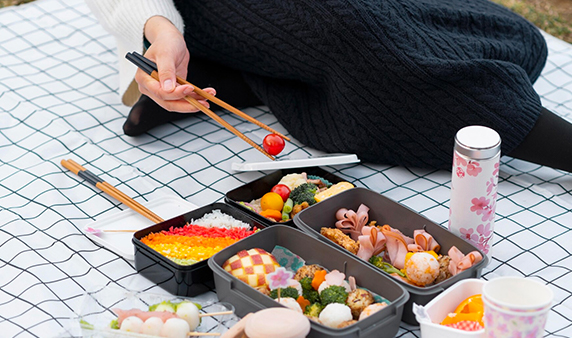
At the moment, plastic is the material utilized in creating reusable bento boxes more frequently than any other. The regulations governing food safety in Japan are on par with those in the United States. Japanese makers of bento lunch boxes utilize the following three types of plastic for the food containers:
- polyethylene terephthalate, also known as PET
- polypropylene, often known as PP;
- PET-A, also known as PET, combined with acrylonitrile butadiene styrene (ABS).
The manufacturers of the bento lunch box will use either PP or PET-A for the outer body and lid of the bento lunch box. PET will be utilized for the inner flexible lids and primary lids for the smaller containers. Some of China’s more affordable bento lunch boxes are made of polypropylene (PP).
Even though polypropylene (PP) is considered harmless, recycling it can be challenging. Most Japanese bento lunch boxes of higher quality are constructed using PET or PET-A as their primary material.
Wooden Bento Box
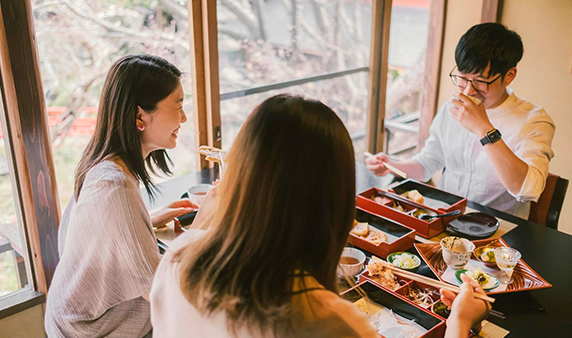
According to Japanese tradition, Bento boxes are typically crafted from bamboo or wood.
These containers, which are available in several sizes to accommodate a wide range of appetites, are perfect for rice dishes, sushi, chicken teriyaki, and a wide variety of other meals influenced by Japanese fusion cuisine or different types of fusion cuisine.
People who enjoy the texture of a box made of natural materials continue to have a soft spot for smaller wicker boxes, even though larger wicker boxes are used much less frequently in today’s society. Since the Yayoi period (10th to 3rd century B.C.), when this sort of bending box first appeared, it has been used in daily living and in the formal presentation of offerings to the gods.
Furthermore, this is a modern bento box with a curved shape and a black finish. There is a divider in the middle of the container; the rice should go in one half, and the side dishes should go in the other.
Glass Bento Box
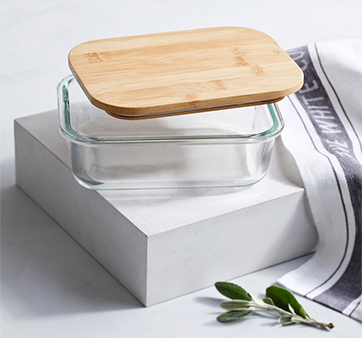
A lunch box with a contemporary take on the role of a food container is represented by the glass bento lunch box. These lunchboxes often come with several different compartments, each of which can be used to keep an additional item. Glass bento lunch boxes are widely used by individuals seeking an approach to packing a nutritious and well-balanced meal.
You will have greater control over the amount of food you consume when you pack your lunch in a glass bento box. This can be beneficial for those attempting to lose weight or maintain a healthy weight. People who are allergic to or sensitive to the components of other lunchboxes may also benefit from using this product.
Glass bento boxes, on the other hand, are susceptible to breaking if they are not maintained appropriately.
Paper Bento Box
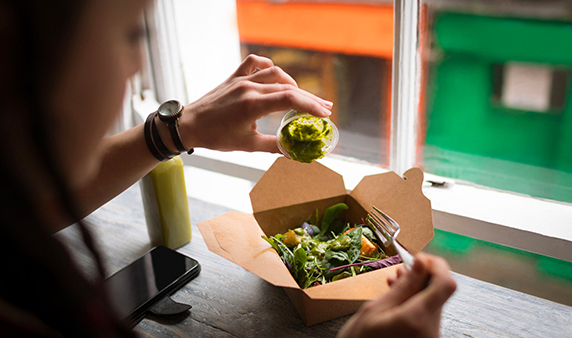
Bento lunch boxes are becoming increasingly popular among people looking for an option for packaging their lunch that is both inexpensive and kind to the environment. Bento boxes made of paper are typically biodegradable or recyclable, and they are produced using resources that are kind to the environment.
Bento lunch boxes are often used in the catering industry. Even relatively modest food companies make use of it. They decompose more quickly than plastic bags since they are constructed entirely of biodegradable materials. Their decomposition results in the production of natural fertilizer used on plants and trees.
What Bento Boxed Could Be Used For?

Because bento boxes are now made from various materials, including stainless steel, the following are the best bento food containers for everyday use and for other activities.
For Camping
Bento lunch boxes are fantastic for camping since their lightweight and space-saving construction is made of stainless steel. Bento boxes made of stainless steel are ideal for packing meals without taking up too much space. because their partitions can be easily opened and closed.
In addition, a lunchbox made of stainless steel is an excellent choice for camping because it is resistant to corrosion and can be kept in a cool place. Moreover, bento boxes made of stainless steel are easy to clean, which is essential when camping.
Stainless bento boxes keep food at the perfect temperature for several hours, lunch containers made of stainless steel are an excellent choice for outdoor excursions. Camping containers are also made of stainless steel, which is ideal for cooking meals.
For Office
Bento boxes made of stainless steel are an excellent option for use in the workplace. Lunch Boxes made of stainless steel offer several benefits, making them a perfect choice for taking to the office. People could store lunch in their bento boxes, and then bring them to the office. In addition, insulated bento boxes can successfully maintain the temperature of the meal, whether it be warm or cold.
For School
Use a bento box made of stainless steel for a healthy and hygienic lunch at school. They are durable and simple to clean, which is essential for maintaining the quality of the food and ensuring that it is safe to eat.
The kid’s backpack will only need to be adjusted to accommodate the lighter weight of a bento box made of stainless steel because of its low density. When searching for a lunchbox made of stainless steel for the child, it is essential to opt for one that is the appropriate size. Some bento boxes come with separate compartments designed to carry things like utensils, water bottles, and snacks.
For Army
Bento boxes made of stainless steel benefit Army personnel because of their durability and ability to withstand a great deal of wear. Stainless steel is a fantastic material for lunch boxes because it is durable and has a long lifespan.
Because of their durability and long service life, bento boxes made of stainless steel can be used for many decades.
The fact that lunch boxes made of stainless steel are impermeable is an additional advantage. Even after prolonged use, the stainless steel material in your lunch boxes will continue to shield its contents from potentially hazardous air particles. It will also protect them from oxidation and rusting.
What Are the Main Types of Japanese Bento Boxes?
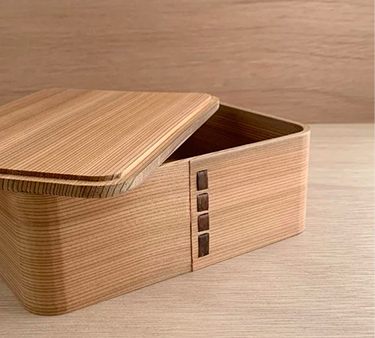
These boxes appeal to consumers’ eyes for their aesthetic beauty, one’s stomachs for their nutritional value and flavor, and their emotions and minds for their significance in Japanese culture.
The following are the common types of bento boxes in Japan:
Aisai bento
It is a variation on the shikars bento box, often known as the Aisai Bento or “love wife bento.” A wife’s affection for her husband is in the form of a tasty, nutritious, and visually beautiful lunch box.
Hinomaru bento
The simplest basic bento is a good lunch option for Japanese food. The Japanese flag is represented by the word Hinomaru, which translates to “circle of the sun.” This bento’s two primary components are a fish or pork side dish and rice topped with a single red umeboshi (pickled plum). Plum is a natural preservative that keeps the meal fresh and represents the crimson dot on Japan’s flag.
Ekiben
These premium lunchboxes, which combine the words eki (train station) and bento, are sold at major railway stations on the platform and in the cars. The ekiben is a complete bento in a plastic, wooden, or porcelain container with disposable chopsticks. Typically, the lunchbox’s ingredients are local staples.
Makunouchi bento
This is a common lunch box available at supermarkets, convenience stores, and department stores. It is plausible to assume that it is currently consumed by Japanese workers during their lunch hour.
Kyara-ben
Because of its “kawaii” appearance, this bento type is the most popular. Food is cleverly chopped and arranged to create a visual feast, frequently borrowing influence from anime, manga, video games, or cartoon characters. Figures such as Pikachu, Totoro, and Gundam can be made out of sliced fruits and vegetables.
Where to Buy Bento Boxes in Bulk?
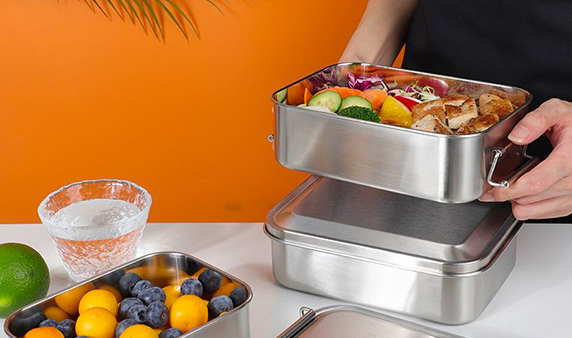
Finding a reliable supplier of wholesale stainless steel food containers might take a lot of work. There are several considerations to consider when purchasing lunch boxes in bulk.
For instance, what material is the bento box made of? Additionally, the accessibility of the supplier, since some wholesale are not customer-centric. Another to consider is the bento box size, the shipping cost, and customization options.
While Nicety provides all these services. Nicety specializes in creating personalized stainless bento boxes utilizing eco-friendly technologies and cutting-edge designs. Nicety Stainless Steel Products Factory was established in 2005 and welcomed the international community.
The company’s initial offering comprises a variety of stainless steel such as square steel tiffin box made using high-quality materials while also developing a strong production chain for any market. Nicety’s products include stainless steel lunch boxes, kitchenware, camping equipment, and pet food utensils.
Nicety’s broad inventory is flexible to any customization. Custom graphics that can be laser printed or engraved, as well as scratch-resistant powder coats in vivid colors for bento boxes. The company realizes that presentation is just as essential as the substance of the stainless bento boxes. Thus it offers a choice of packaging options for your brand. Furthermore, it offers clients competent assistance throughout all phases of a project.
Conclusion
Bento boxes are a fantastic way to have a nutritious and tasty dinner. They are perfect for every occasion, whether at home or on the go because there are so many various styles and designs to pick from.
This article shows you everything about bento boxes, furthermore, if you are interested in stainless steel bento boxes, collaborating with Nicety stainless tiffin box manufacturers is an alternative when constructing a business in the stainless steel market. They provide a wide range of customizable items that it will be a lot easier for new enterprises to get off the ground with the help of the company’s expertise.

